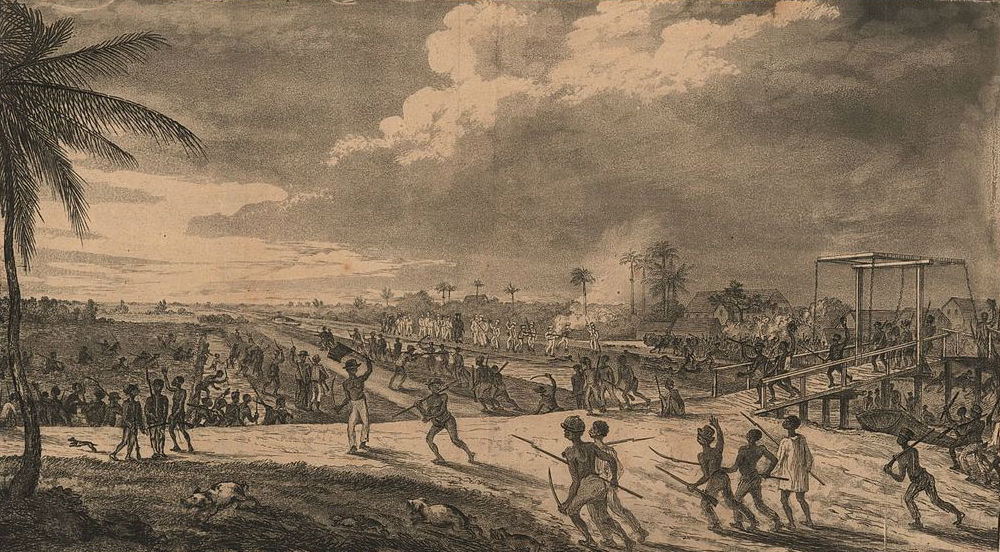

Named after the man who led the rebellion, one of his collaborators was Nanny Grigg, an enslaved woman who worked in the house and had taught herself to read. Anderson, charts the story of Nanny and her incredible story of resistance Bussa’s Rebellionīussa’s Rebellion (14-16 April 1816) was the largest revolt by enslaved people in Barbadian history. This one-hour documentary, directed by Roy T. Queen Nanny: Legendary Maroon Chieftainess (2016) Maroons are also to be found in Brazil, Puerto Rico, Suriname, Ecuador, Florida, Mexico, Venezuela and numerous other countries in North and South America. There are even some surviving Maroon communities on islands in the Indian Ocean. Maroon communities have survived to this day in Jamaica.

Nanny is Jamaica’s only female national hero. A statue of Nanny has been erected, and her image can be found on Jamaica’s $500 note. The village built on this land still exists and is known today as Moore Town or New Nanny Town. Its inhabitants regard the date the Treaty was signed as a national holiday, and the site of her grave is still revered.


The British had no choice but to sue for peace and a Treaty was signed on 20 April 1740 which brought an end to years of hostilities. The Treaty granted 500 acres of land to Nanny and her followers and guaranteed their freedom. The Maroons’ mastery of guerrilla warfare made it impossible to defeat them in battle. Nanny’s military prowess and supernatural powers are believed to have played an important role in their prolonged and successful resistance. During the many years of warfare, the British suffered significant losses and were never able to defeat them. According to Maroon legend, ‘Queen Nanny’ was born in present-day Ghana, known as the Gold Coast. Some accounts insist that Nanny was never enslaved, but the likelihood is that she escaped from slavery shortly after arriving in Jamaica. Much of what is known about Nanny comes from oral accounts. Apart from the odd reference, little written evidence of Nanny’s life has survived. Under Nanny’s leadership, the Windward Maroons fought a guerrilla war against the British, known as the First Maroon War, which lasted for many years. Nanny of the Maroons, thought to have been born around 1686, led a community of formerly enslaved Africans called the Windward Maroons in Jamaica’s Blue Mountains in the early 18th century. Join us for Slavery Remembrance Day at the National Maritime Museum Nanny of the Maroons (c.1686-c.1760) Read below for more contextual information about Nanny, the transatlantic slave trade and female abolitionists. Have you tried the Nanny of the Maroons Trail in the National Maritime Museum?


 0 kommentar(er)
0 kommentar(er)
